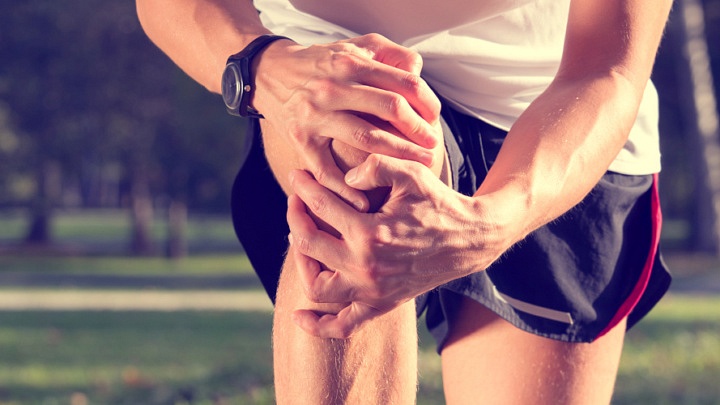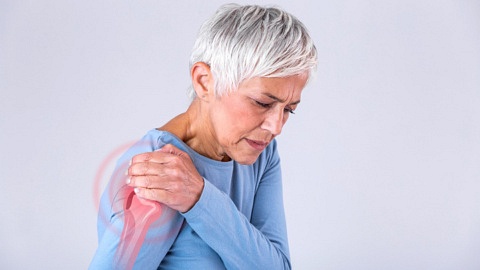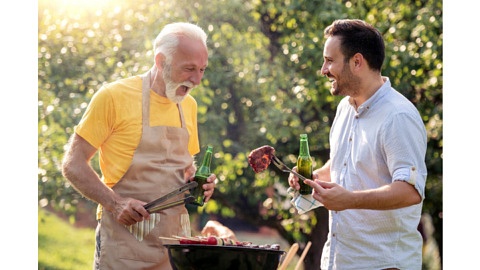Inflammation is the body’s response to an unwanted stimuli. This response is mediated primarily by the immune system. The main objective of an inflammatory...
Say Goodbye to the Pain! 10 Great Tips for Knee and Joint Pain Relief
When it comes to your joints, we want them to bend and move smoothly and easily, without friction, and therefore without pain. You know if you are prone to joint pain after an intense game of squash, tennis, basketball, or after a jog outside or on the treadmill. Lets think of the knee joint for example: two large bones separated by a cushioning cartilage. As we get older, our cartilage can wear down, especially if we have a load of weight to carry and have a lot of pounding up and down and past knee injuries. Approximately 50% of people with past knee injuries (eg: from torn ligaments) end up with a degenerative form of arthritis called osteoarthritis after about 10-20 years since the injury. So, many young people are faced with “old knees.” From a naturopathic holistic perspective, I present 10 great tips for knee and joint pain relief.
1. Rebuild the Cartilage.
Glucosamine and chondroitin-containing shark cartilage are common supplements that are actual building blocks of our own cartilage. Other cartilage-builders include hyaluronic acid and collagen. In the process of protecting and maintaining our cartilage, we experience less joint pain.
2. Cartilage and Bone Broth – Building Blocks in our Food.
A simple way to get more cartilage and bone-supportive factors is to eat more cartilage! One simple way is to make your own soup broths. When making a broth, it’s important to include the cartilage-containing parts of bones, such as the ribcage of chicken, or knobby ends of bones. Simply add those bones and vegetable scraps into a slow-cooker covered with water, and overnight, once strained, you have a joint supportive and tasty broth.
3. Treat Your Joints Gingerly.
That is, use the ancient Asian remedy, ginger. Ginger has been found to have anti-inflammatory properties that can reduce joint pain. There are many ways to use it: as an additive to your broth, as a strong tea, or in capsule form. You can even soak a cloth in a strong ginger tea, strain and apply it directly to your aching joints.
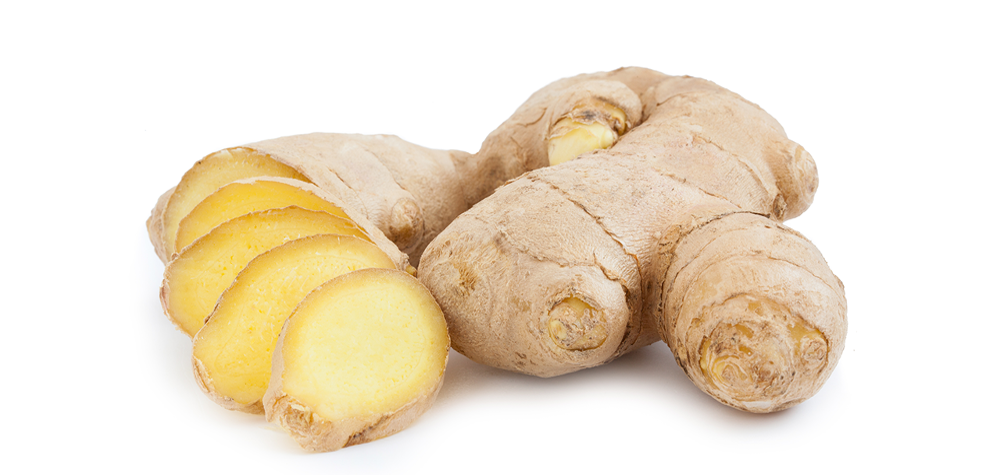
4. Physical Therapy.
Keeping active is important since movement is what helps promote circulation to the joint itself. Getting help from a physiotherapist or athletic therapist would be ideal. I have also found acupuncture and chiropractic support to be useful adjuncts in joint health.
5. Essential Oil Rub for Short-Term Pain Relief.
Concentrated plant oils, also known as essential oils can help with short-term knee and joint pain relief. Essential oils to try are lavender, ginger, rosemary, or peppermint, diluted with a carrier oil such as sesame oil; approximately ten parts carrier oil, to one part essential oil.
6. Heat and Cold Therapy.
Applying alternating hot and cold packs to the joints can promote circulation and reduce joint aches.
7. Strengthen Muscles Around the Joint.
One of the best ways to promote knee and joint pain relief is to strengthen the muscles around the joint. For example, a 2009 UK research study published in the British Medical Journal found that by strengthening the quadriceps muscles (the muscles above the knee joint), there was a significant reduction in pain and an improvement in knee joint function.
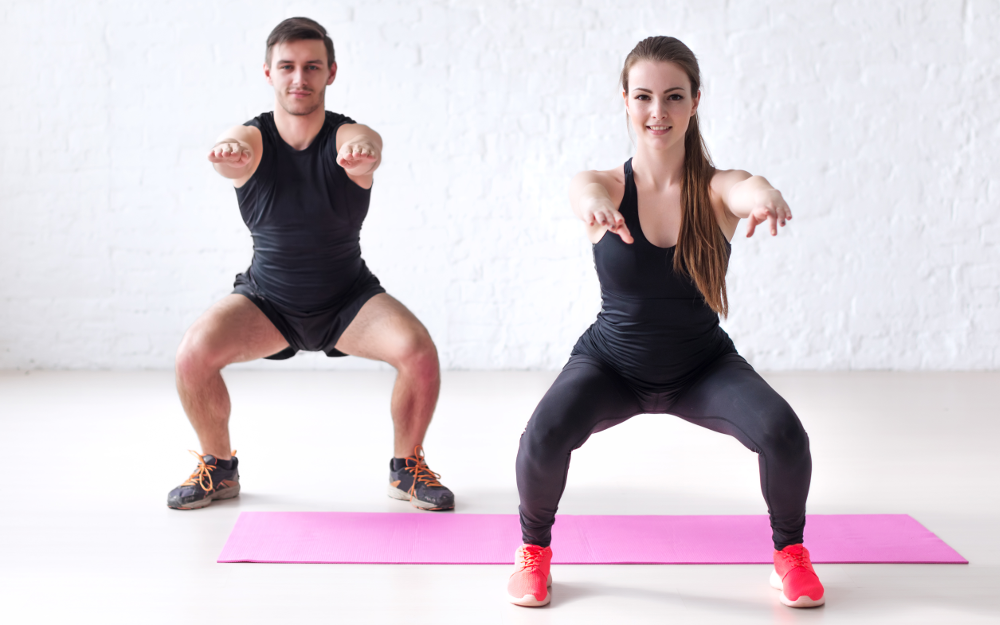
8. Massage Therapy.
By relaxing tight muscles, improving circulation, and relieving trigger points, massage therapy can be a helpful treatment when faced with joint pain.
9. Lose Weight.
Our low back, hips and knees carry the burden of our excess weight. Healthy weight loss has been shown to help reduce joint pain and improve long term joint health.
10. Change Your Diet.
Some foods tend to promote inflammation such as trans-fat containing foods, some saturated fats, and even sugary foods for some people. Other foods tend to reduce inflammation such as fish, vegetables and fruits. Some people may also notice that certain foods can aggravate their joints including the nightshade family of plants including potatoes, peppers, tobacco and tomatoes.
Related Posts
Gout
classified as a joint condition categorized alongside osteoarthritis,
rheumatoid arthritis and others. However it is uniquely different with respect
to...
Your immune system is a complex network of different cells with a range of signals that help guide the proper upkeep of your entire body. Most are familiar...
Gout classified as a joint condition categorized alongside osteoarthritis, rheumatoid arthritis and others. However it is uniquely different with respect to...
Your immune system is a complex network of different cells with a range of signals that help guide the proper upkeep of your entire body. Most are familiar...
Categories
- Allergy Relief
- Bell Lifestyle News
- Brain and Vision Health
- Depression
- Digestive Health
- Eating Healthy
- Energy Boosts
- Fitness
- Foods for Energy
- Heart and Lung Health
- Herbs
- Immune System Support
- Lifestyle
- Men's Health
- Mental
- Motivation
- Natural Remedies
- Nutrition
- Pain Relief
- Physical
- Recipes
- Relationships
- Sexual Health
- Skin and Hair Health
- Sleep Health
- Social
- Stress Relief
- Uncategorised
- Videos
- Weight Management
- Women's Health
- Your Wellness Now
Follow us on Twitter
#90 Bladder One for Women™ is a convenient one-a-day capsule for urinary tract health, featuring herbal extracts in… twitter.com/i/web/status/1…
May 2023Urinary tract infections - UTI: To treat or prevent? That is the question. Find out more about causes and treatme… twitter.com/i/web/status/1…
May 2023"How you feel is very important to how you look. Healthy equals beautiful." - Victoria Principal #womenshealth https://t.co/OPShoEbOXb
May 2023
© Copyright 2024. All rights reserved.

